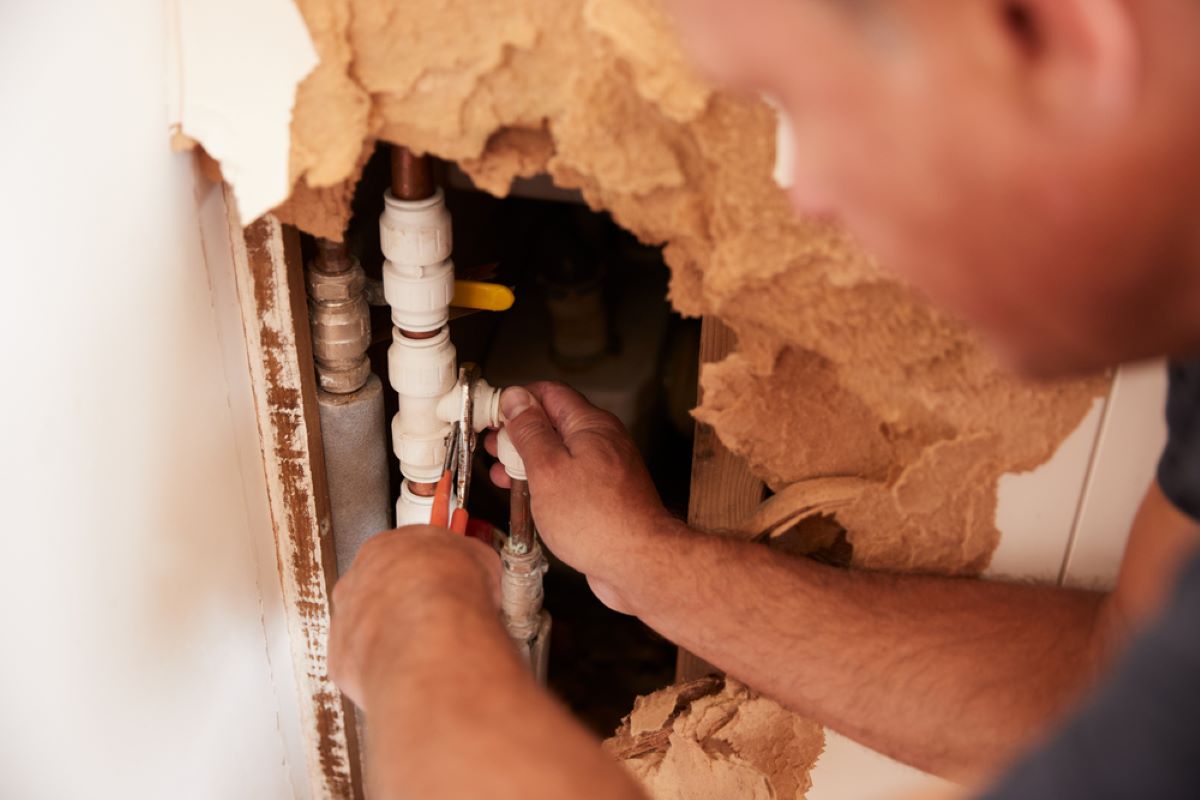If you’re in an industry that depends on pipelines to transport water, oil, gas, or chemicals, you know how critical it is to keep those pipelines in good condition. Over time, pipelines can wear out due to corrosion or constant use, which can lead to expensive repairs and downtime. But there’s a simple, effective solution that helps prevent these issues: Pipeline corrosion protection liner.
Pipeline liners add a protective layer inside the pipeline, keeping it safe from corrosion and damage. This simple addition can save you time, money, and hassle by helping your pipelines last longer. Let’s break down what pipeline liners are, why they matter, and the best options available.
What Exactly is a Pipeline Liner?
Imagine a pipeline as a straw carrying liquids. Over time, the liquid can wear down the straw, especially if it’s rough or corrosive. A pipeline liner works like an inner sleeve, lining the inside of the pipeline to protect it from any harmful substances it’s transporting. This liner creates a barrier, reducing wear and tear and extending the pipeline’s lifespan.
Why Do Pipelines Need Liners?
Pipeline liners aren’t just a nice-to-have feature; they provide several benefits that make them a smart investment:
- Protection Against Corrosion: Many pipelines carry materials that can corrode metal over time. A liner stops corrosion, helping pipelines stay intact and avoid leaks.
- Less Maintenance: With a liner in place, pipelines experience less wear and tear. That means fewer repairs and lower maintenance costs over the years.
- Environmental Safety: A damaged pipeline can lead to spills that harm the environment. Liners help contain the contents, reducing the risk of leaks or spills.
- Cost Savings: Replacing pipelines is expensive. A liner extends a pipeline’s life, so you won’t have to replace it as frequently.
- Smoother Flow: Some liners can actually improve the flow of materials through the pipeline, making operations more efficient and saving on energy costs.
Types of Pipeline Liners: Which One is Right for You?
There are several types of liners to choose from, each designed for different needs. Here’s a look at the most common options:
1. Polyethylene Liners
Polyethylene liners are often used in water and gas pipelines. They’re lightweight, easy to install, and provide basic corrosion protection. They’re a good option for standard pipeline needs.
2. Epoxy Liners
Epoxy liners are like a tough paint that’s sprayed onto the inner walls of the pipeline. Once they harden, they create a solid barrier that protects against corrosion. Epoxy is popular for pipelines that carry corrosive or harmful materials.
3. Cement Liners
Cement liners are common in sewage and wastewater pipelines. These liners are thick and strong, offering excellent protection against acidic or abrasive materials.
4. Fiber-Reinforced Polymer (FRP) Liners
FRP liners are designed for heavy-duty industrial use. They’re highly resistant to chemicals and are strong enough to handle high pressure, making them ideal for pipelines carrying harsh or reactive substances.
Retrofitting: Adding Liners to Existing Pipelines
Not every pipeline starts out with a liner, but if your pipeline needs one, retrofitting is a great option. Here are some popular ways to retrofit an existing pipeline:
Slip-Lining
Slip-lining is like adding a “pipe within a pipe.” A smaller, durable pipe is inserted into the existing pipeline to create a new inner surface, providing extra protection and extending the pipeline’s life.
Cured-In-Place Pipe (CIPP)
CIPP involves placing a flexible liner coated in resin inside the pipeline. Once it’s in place, it’s heated or cured to create a solid, seamless layer within the pipeline.
Spray-On Coatings
Spray-on coatings, typically made of epoxy or polyurethane, are applied as a liquid and then hardened to form a tough layer. This method is effective for pipelines with complex shapes or bends.
How to Choose the Right Pipeline Liner
Choosing the right liner depends on a few key factors:
- Pipeline Material: Some liners bond better to specific materials like metal or plastic.
- Contents of the Pipeline: For pipelines carrying harsh chemicals, you’ll want a liner like FRP or epoxy that’s resistant to chemical damage.
- Pipeline Size: Larger pipelines might need specialized installation, such as slip-lining.
Consulting with a pipeline specialist can help you decide which option is best for your setup.
Final Thoughts: Why Pipeline Liners are a Smart Investment
A pipeline liner is a simple solution that can make a big difference in how long your pipelines last and how well they perform. By adding a protective layer, you reduce the risk of leaks, cut down on maintenance costs, and help keep the environment safe from accidental spills. Whether you’re installing a liner in a new pipeline or retrofitting an old one, the right liner can save you both time and money.
If you want a reliable, long-lasting pipeline, investing in a liner is one of the smartest choices you can make.





